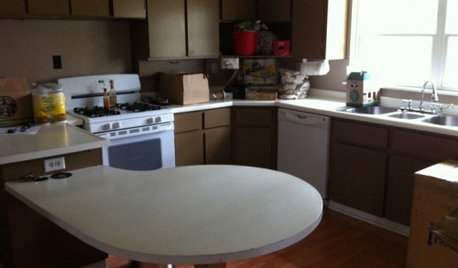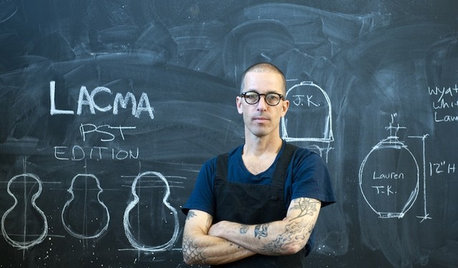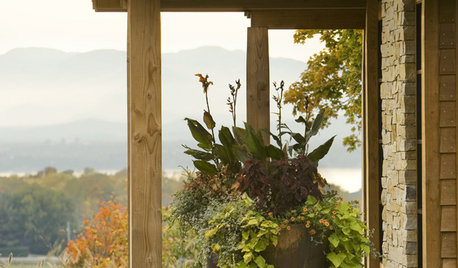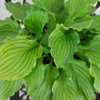Pots and Hosta size question
capehorn
13 years ago
Related Stories

KITCHEN DESIGN9 Questions to Ask When Planning a Kitchen Pantry
Avoid blunders and get the storage space and layout you need by asking these questions before you begin
Full Story
REMODELING GUIDES13 Essential Questions to Ask Yourself Before Tackling a Renovation
No one knows you better than yourself, so to get the remodel you truly want, consider these questions first
Full Story
REMODELING GUIDES9 Hard Questions to Ask When Shopping for Stone
Learn all about stone sizes, cracks, color issues and more so problems don't chip away at your design happiness later
Full Story
EXTERIORSCurb Appeal Feeling a Little Off? Some Questions to Consider
Color, scale, proportion, trim ... 14 things to think about if your exterior is bugging you
Full Story
FEEL-GOOD HOMEThe Question That Can Make You Love Your Home More
Change your relationship with your house for the better by focusing on the answer to something designers often ask
Full Story
Design Dilemmas: 5 Questions for Houzzers!
Post Ideas for Landscaping for a Modern Home, Updating a Rental and More
Full Story
TASTEMAKERS5 Questions for Heath's Adam Silverman
A studio director brings out-of-the-ordinary dinnerware and home accessories to Heath Ceramics' showrooms. See where he goes for inspiration
Full Story
CONTAINER GARDENSSolve Your Garden Border Dilemmas With Planted Pots
Set your containers free from the patio — placed among plantings in the ground, they fill unsightly gaps, let you experiment and more
Full Story
CONTAINER GARDENSContainer Garden Basics: How and When to Water Potted Plants
Confused about soil moisture, the best time to water and what watering device to use? This guide can help
Full Story
GARDENING GUIDESGrow a Beautiful Fall Garden in a Pot
Welcome autumn with 7 gorgeous plants that thrive in containers and enliven your porch or patio throughout the cooler season
Full StorySponsored
Custom Craftsmanship & Construction Solutions in Franklin County
More Discussions









thisismelissa
Babka NorCal 9b
Related Professionals
Belmont Landscape Contractors · Huntley Landscape Contractors · Mission Viejo Landscape Contractors · Sammamish Landscape Contractors · Hueytown Landscape Contractors · Berkeley Driveway Installation & Maintenance · Baltimore Fence Contractors · Fort Lauderdale Fence Contractors · Green Valley Fence Contractors · Minneapolis Fence Contractors · Northbrook Fence Contractors · Parker Fence Contractors · West Covina Fence Contractors · Roselle Park Solar Energy Systems · Mill Valley Solar Energy Systemsmaureen_ottawa
coll_123
jel48
bkay2000
coll_123
bkay2000
i-like-to-grow
coll_123
bkay2000
aahostas
capehornOriginal Author
aahostas
coll_123
capehornOriginal Author
aahostas
bkay2000